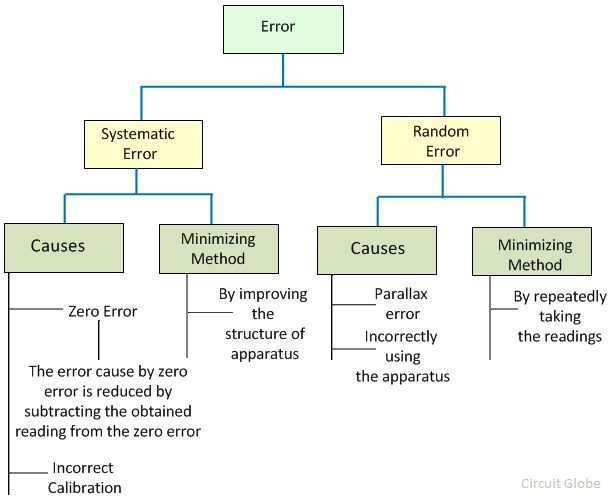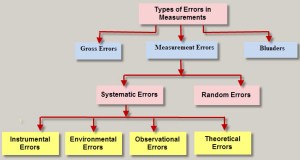System Error Vs Random Error

Whereas the systematic error occurs because of the inbuilt defect of the apparatus.
System error vs random error. Although we try to eliminate all the errors it is impossible to do so. Random error cannot be avoided while systematic error can be avoided. The systematic errors arise because of the inbuilt fault of the apparatus hence it always gives the same error. However there are a number of ways where there can be errors.
The systematic errors arise due to the inbuilt fault or mistake of the apparatus. Systematic errors usually result from equipment that isn t correctly calibrated. When we do an experiment in the lab our main focus is to minimize the errors and do it accurately as possible to get good results. Random errors random errors in experimental measurements are caused by unknown and unpredictable changes in the experiment.
It comes from unpredictable changes during an experiment. Systematic errors often arise from a problem that continues throughout the course of the experiment while random errors are errors that arise in opposite directions and without a consistent pattern as the experiment continues. Systematic error always affects measurements the same amount or by the same proportion provided that a reading is taken the same way each time. The main difference between random errors vs systematic errors is that the random error mostly leads fluctuation whereas systematic errors will lead to a predictable and consistent result.
Unlike systematic errors random errors vary in magnitude and direction. The random error as mentioned earlier occurs because of the not known source therefore it occurs in any direction. Random errors are unavoidable and result from difficulties taking measurements or attempting to measure quantities that vary with time. These changes may occur in the measuring instruments or in the environmental conditions.
The complete elimination of both the error is impossible. Random error vs systematic error. Hence it always gives a similar error. Always there is a degree of inaccuracy incorporated.
It is possible to calculate the average of a set of measured positions however and that average is likely to be more accurate than most of the measurements.




:max_bytes(150000):strip_icc()/laboratory-glassware-in-lab--measuring-flasks-and-cylinders-containing-chemicals-during-experiment-480810999-5b9fe8eec9e77c0050d32358.jpg)













